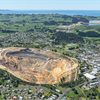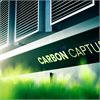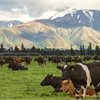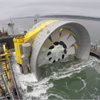Media goes potty over toilet trained cows
14 Sep 2021
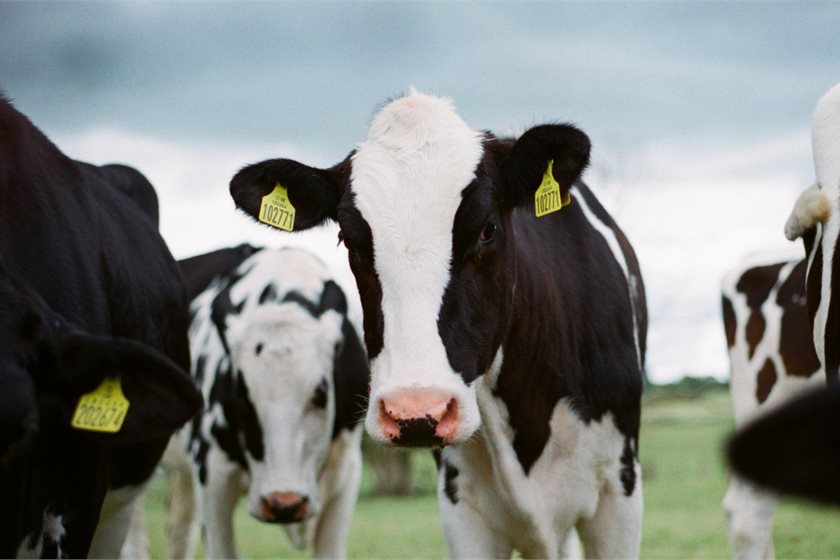

THERE was never any doubt that a scientific paper on the viability of toilet training cows to fight climate change, released today, would be a hit with news editors. And they didn’t disappoint with, ‘No Bull,’ ‘Moos in the Loo’ and ‘Potty trained cows’ making headlines in media reports around the globe.
It’s a sobering statistic, but the story lacks any toilet humour and almost certainly as a result it’s attracted far, far less attention.
“Idiotic shit,” was freshwater ecologist, and outspoken critic of big dairy, Mike Joy’s response when Carbon News asked for his reaction to the toilet training of cows story.
“Most dairy cows Internationally are effectively potty trained – I.E they are housed, so their urine is captured,” he said.
The senior research fellow at Victoria University’s School of Government conceded that it would be possible, at considerable cost, to capture some of the urine produced by New Zealand’s 10 million dairy cows.
But Joy said with most of the country’s milk being dried using coal and consumed in junk food the GHG footprint was huge and unnecessary.
The faecal matter deposited on New Zealand farms by dairy cows is equivalent to about that produced by 140 million humans.
Now back to that research. University of Auckland-affiliated researchers Lindsay Matthews and Douglas Elliffe teamed up with colleagues in Germany to see if toilet training cows was feasible. It’s far from the first time the idea has been looked at by academics with media reports dating back at least as far as 2017.
Here’s how the University’s press release tells the story:
Cow urine is high in nitrogen. As it breaks down in the soil, it results in two problematic substances – nitrate and nitrous oxide. Nitrate from urine patches leaches into lakes, rivers and aquifers, where it pollutes water and contributes to the excessive growth of weeds and algae. Nitrous oxide, a long-lived greenhouse gas 300 times more potent than carbon dioxide, accounts for 12 percent of New Zealand’s greenhouse gas emissions – and much of it comes from the agricultural sector.
If cows could be trained to urinate in a “toilet” at least some of the time, nitrogen could be captured and dealt with before it pollutes water or turns into nitrous oxide gas. Matthews and Elliffe’s research detailing how has recently been published in the prestigious journal Current Biology* and will be profiled in an upcoming issue of Science.
“We’ve shown proof of concept that we can train cows and train them easily,” said Elliffe, a University of Auckland professor of psychology. “Cattle urine is a major cause of our nitrogen problem. Any reduction in that would make a difference.”
“People’s reaction is, ‘crazy scientists,’ but actually, the building blocks are there,” said Matthews, a University of Auckland honorary academic and director of an independent research company. “Cows have bigger urinations when they wake up in the morning, which demonstrates they have the ability to withhold urination. There’s nothing in their neurophysiology that radically differentiates them from animals, such as horses, monkeys and cats, that show latrine behaviour.”
Matthews has been around cows for a long time – he grew up on a dairy farm and did his PhD research on learning and preference in cows. In 2007, during a radio interview about the environmental impact of cattle excretion, the host suggested Matthews should toilet train them. It was a joke – but it got Matthews thinking.
In 2015, Matthews was working with Professor Lars Schrader at the Federal Research Institute for Animal Health in Germany when Schrader suggested toilet training to deal with ammonia emissions, which result from contact between faeces and urine. Previous international attempts to toilet train cows had seen little success, but Matthews thought that with his deep expertise, he might be able to do better. He brought in Elliffe, who has complementary skills in behavioural analysis, to help.
With their German colleagues, Matthews and Elliffe worked with 16 calves at a farm operated by the Research Institute for Farm Animal Biology in Germany. First, they demonstrated that most calves could be trained to “hold it.” If they began to urinate in the wrong place, the scientists would make their collars vibrate. While the vibration didn’t hurt them, most of the calves soon learned to walk a short distance to a latrine pen.
Next, Matthews and Elliffe put the calves in the latrine pen, which was bright green to differentiate it from other pens, and rewarded them with a favoured food treat if they urinated there.
“This is how some people train their children – they put them on the toilet, wait for them to pee, then reward them if they do it,” said Matthews. “Turns out it works with calves too. In very short order, five or ten urinations for some animals, they demonstrated they understood the connection between the desired behaviour and the reward by going to the feeder as soon as they started urinating.”
The next progression was to increase the distance cows had to walk to the latrine. If “accidents” occurred in another part of the barn, scientists would squirt a little cold water at them. Most of the calves soon learned the ultimate toilet-training skill.
“Very quickly, within 15 to 20 urinations on average, the cows would self-initiate entry to the toilet. This is very exciting because it means they were paying attention to their bladder getting fuller,” said Matthews. “By the end, three quarters of the animals were doing three-quarters of their urinations in the toilet.”
The calves received only 15 days of training and the majority learned the full set of skills within 20 to 25 urinations, which compares favourably to toilet-training time for three- and four-year-old children.
The next step for Matthews and Elliffe is to bring their research to the New Zealand context. In the Northern Hemisphere, cows spend much of their time in barns. In New Zealand, they spend most of their time outdoors. This makes toilet training more of a challenge. However, cows do gather for milking and receiving supplements, so it may be possible for them to use a latrine at those times. Installing latrines outdoors may be another possibility. Even if these changes result in a lower success rate, reducing urine patches would have significant environmental benefits.
“If we could collect 10 or 20 percent of urinations, it would be sufficient to reduce greenhouse gas emissions and nitrate leaching significantly,” said Elliffe.
Another challenge will be to scale up so it’s economically feasible to train millions of animals. This could be accomplished by using urination-detecting sensors and automatic reward systems. Trained cows could be transitioned into not expecting a food reward after every urination, the researchers say.
With help from UniServices, Matthews and Elliffe have met with representatives of the New Zealand dairy industry, who are interested in the research as a potential way of avoiding the herd reductions that may otherwise be necessary to meet emissions targets.
A further application of the research may be to extract and reuse nutrients, such as nitrogen and phosphorus, from the collected cow urine. At the University of Auckland and elsewhere, there are researchers in fields such as chemistry and engineering working on closely related problems.
“This is new science, what we’ve done here, so there are many ways to push it,” said Matthews.
print this story
Story copyright © Carbon News 2021




